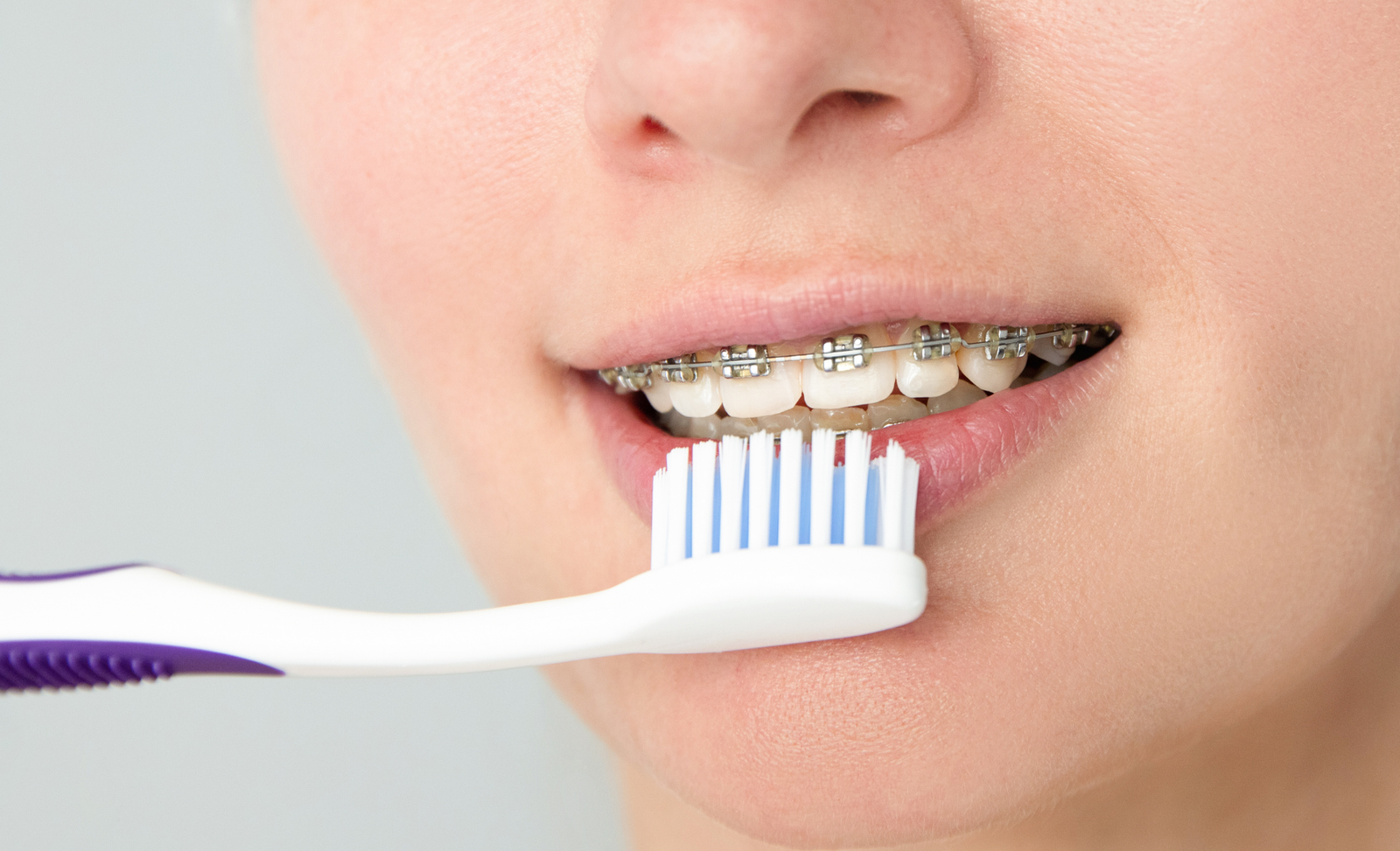Lingual Braces
Ceramic braces are the latest and most aesthetic form of orthodontic braces offered by modern dentistry. Conventionally, metal braces are used for orthodontic treatment but despite their excellent efficiency their unesthetic metallic appearance is a major concern for many patients specially because braces may have to be worn for two to three years. Thus, an alternative for these metallic braces are the tooth coloured ceramic braces
Ceramics are an important class of materials with many useful properties for manufacturing a wide variety of industrial and medical equipment. Dentists have been using them for crowns, and small bridges. Now they are also being used braces. The advantage that ceramic has over stainless steel is its optical translucence! Light can partially pass through them just as it does through dental enamel. This makes ceramics very popular for dental crowns, bridges, and now, braces.
Ceramic brackets have replaced steel or plastic brackets in dental braces, making them much less visible. Although the steel arch wire is still present. It can be silver, or frosted white color. Such ceramic braces are not visible except at very close quarters.
To overcome this problem, braces were designed in such a way that they were attached to the lingual (towards the tongue) surface of the teeth and they became invisible. These types of braces are known as lingual braces. Thus cosmetically, lingual braces are far superior to the conventional wire braces.
Lingual braces are applied just like the conventional braces only difference being that they are attached to the inner surfaces of the teeth unlike the conventional braces that are applied on the outer surfaces
Just like for conventional braces, adjustments must be made monthly, and the complete alignment may take two three years when using lingual braces.
The exact period will depend on the initial misalignment, crowding of the teeth or bite problems. Again, retainers must be used for about six months after the braces are removed.
Not all orthodontists offer lingual braces because special training and technical expertise are needed. Space between the teeth and the tongue or palate may be limited, and the braces may initially cause an irritation. The arch wire and the brackets are custom made due to these complications, and hence, lingual braces cost somewhat more.
Taking Care of Lingual Braces
Just like other orthodontic appliances special attention must be paid to oral hygiene so that tooth decay or gingivitis do not develop. This involves:
a. Brushing: regular brushing with a soft brush at least twice a day and flossing or oral irrigation.
b. Flossing: Flossing daily (floss threader can also be used) or an interproximal brush (if space between the teeth is present) to remove plaque and food debris between the teeth.
c. Fluoride Therapy: Fluoride rinses will help strengthen the teeth. Above all this, six-monthly inspections and cleanings are recommended





